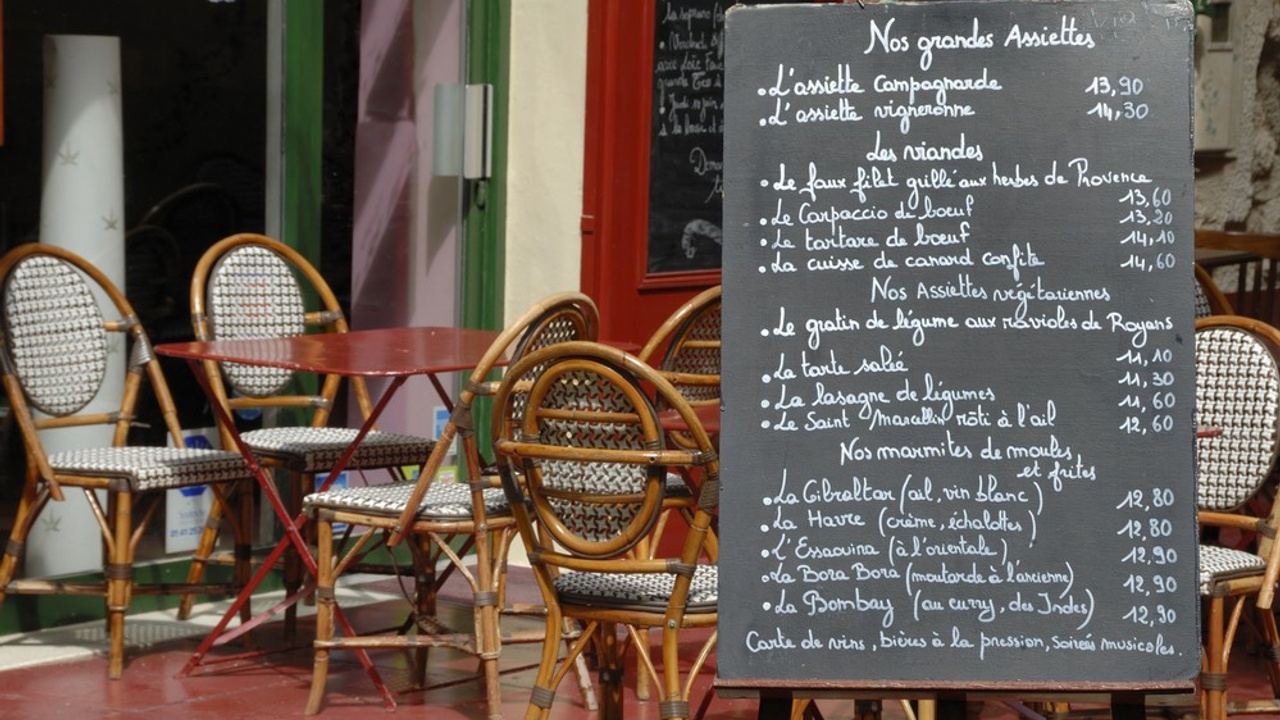What is the genre-based approach to writing?
Aug 26, 2021
By Dr Jeremy Koay
A limited view
Teachers and learners are often attracted to universal rules that they can apply in all situations. Although such rules do exist, they are often too general and often not very useful in helping learners write effectively. For example, some teachers and learners believe that you can write anything as long as you can produce grammatical sentences (see What is grammar?). However, this ability alone does not allow writers to produce a text in a genre that they are not familiar with.
For example, a newly appointed Head of Department of English Language may have problems writing a departmental report because he or she is not familiar with institutional expectations. He or she would have to refer to examples of previous reports. This scenario implies that genre knowledge is important.
A holistic view
What is a genre? Swales (1990) explains that a genre is primarily recognised by its communicative purpose, which shapes how a text is realised. Texts that belong to a genre share similar characteristics, such as target audience, organisation of ideas and language choices. For example, a thesis statement is obligatory in an argumentative essay because the communicative purpose of this genre is to argue for or against a position.
The five stages of a genre-approach to writing are (Hyland, 2007):
1. Setting the context
2. Modelling
3. Joint construction
4. Independent construction
5. Comparing
Theory and practice
The goal of the setting the context stage is to explore the communicative purpose (e.g., to persuade readers to care for the environment) of a particular genre. Learners can read a text and discuss its communicative purpose with their classmates.
At the modelling stage, teachers can guide learners to identify language features (e.g., tenses, personal pronouns) of a sample text of a particular genre. At this stage, learners should also pay attention to moves (i.e., writers’ intentions) in the text. Examples of moves in a factual essay can include presenting an argument, supporting an argument, and predicting possible outcomes.
The aim of the joint construction stage is to reinforce features that learners identified at the modelling stage.
At the independent construction stage, learners write their essays with support from teachers if necessary. At this stage, I suggest that learners can apply a process approach to writing (see What is process approach to writing?
Finally, at the comparing stage, learners compare and contrast the communicative purpose and language characteristics of the genre they have learned with other genres.
References
Hyland, K. (2007). Genre pedagogy: Language, literacy and L2 writing instruction. Journal of Second Language Writing, 16(3), 148-164.
Swales, J. M. (1990). Genre analysis: English in academic and research settings. Cambridge: Cambridge University Press.
Dr Jeremy Koay is a New Zealand-based independent researcher and an education consultant at EduMaxi. He obtained his PhD in Applied Linguistics from Victoria University of Wellington in 2015. His research interests include Discourse Analysis, Genre Analysis and TESOL.
Image source: shutterstock.com/robert paul van beets

